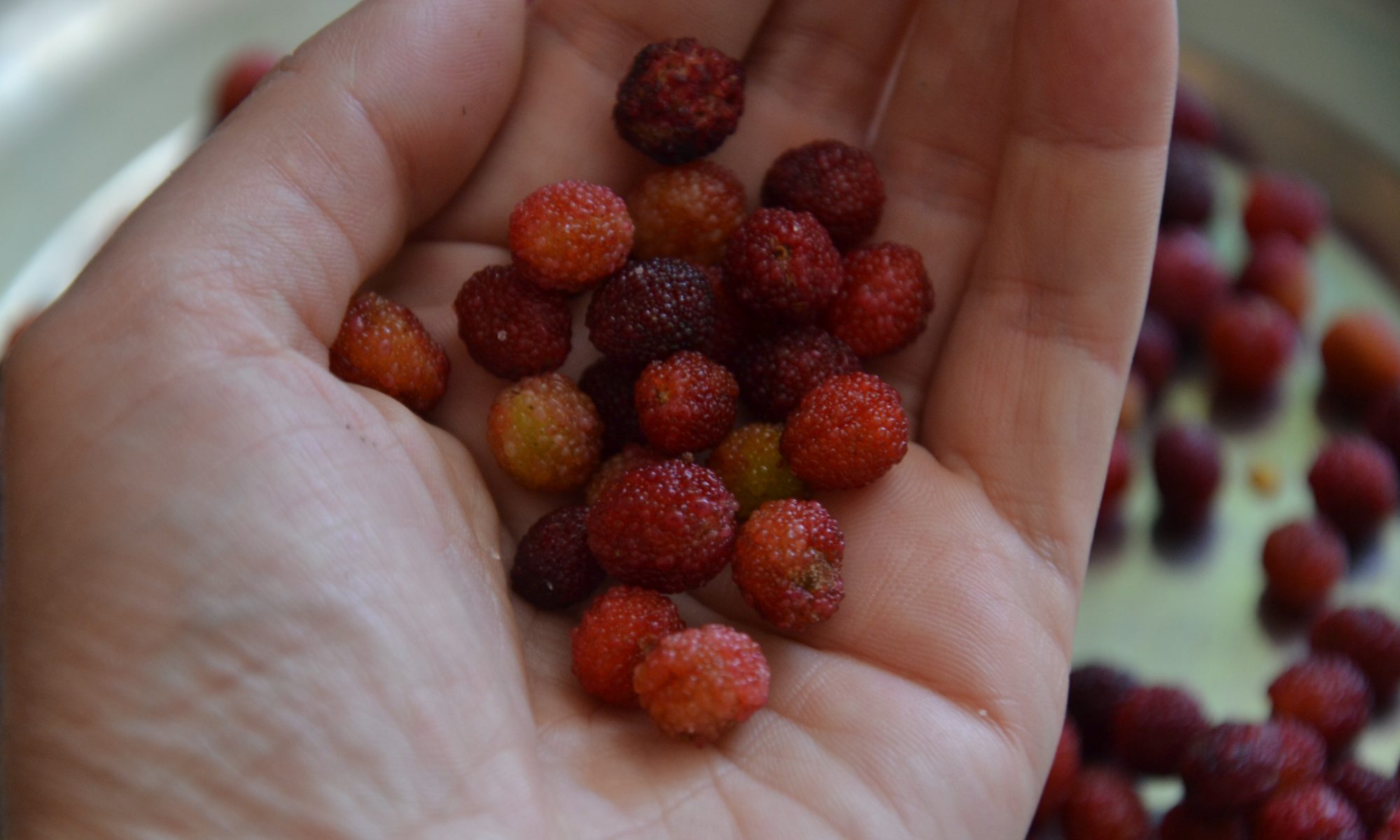Today, we’d love to turn our awareness of relationships that are same-sex.
Today, we’d like to turn our focus on same-sex relationships.
Today, we’d love to turn our focus on relationships that are same-sex.
Today, into the aftermath of Pride – into the wake of parades and marches strutting their stuff that is colorful through roads of Seattle, Portland, Cleveland, nyc, and Chicago – we’d want to turn our awareness of same-sex relationships.
Dr. John Gottman and Dr. Julie Schwartz Gottman have seen the energy and resilience of same-sex partners, even yet in the midst regarding the social and social stresses to that they are uniquely susceptible. Together, the Gottmans are making a commitment to assuring that lesbian and gay couples have the maximum amount of access as straight partners to resources for strengthening and supporting their relationships.
Making use of state-of-the-art ways to learn 21 homosexual and 21 lesbian partners, Drs. John Gottman and Robert Levenson (UC Berkeley) could actually discover the thing that makes same-sex relationships succeed or fail into the 12 Year research.
One key choosing: general, relationship satisfaction and quality are comparable across few kinds (right, homosexual, and lesbian) that Dr. Gottman has examined. This outcome supports research that is prior Lawrence Kurdek and Pepper Schwartz, who unearthed that homosexual and lesbian relationships are much like straight relationships in a variety of ways.
Based on Dr. Gottman, “Gay and lesbian partners, like right couples, cope with every-day ups-and-downs of close relationships. We all know why these ups-and-downs may possibly occur in a social context of isolation from household, workplace prejudice, as well as other social barriers which can be unique to homosexual and lesbian partners.” But, their research uncovered distinctions suggesting that workshops tailored to homosexual and lesbian partners might have a impact that is strong relationships.
In conducting interviews, coding facial expressions, and gathering other measures, the scientists discovered the next.
Same-sex partners tend to be more positive within the face of conflict. When compared with straight partners, homosexual and lesbian partners utilize more love and humor if they talk about a disagreement, and lovers frequently give it a far more reception that is positive. Gay and couples that are lesbian additionally prone to stay good after a disagreement. “in regards to thoughts, we think these partners may run with extremely principles that are different right partners. Right partners might have a great deal to study on homosexual and relationships that are lesbian” indicates Dr. Gottman.
Same-sex couples additionally utilize less controlling, hostile psychological strategies. Drs. Gottman and Levenson also found that homosexual and lesbian lovers show less belligerence, domineering, and worry in conflict than right partners do. “The distinction on these вЂcontrol’ associated emotions implies that fairness and power-sharing between your lovers is much more crucial and much more common in homosexual and relationships that are lesbian in right people.”
In a fight, homosexual and lesbian partners just take it less myself. In right partners, it really is more straightforward to harm somebody with a poor remark than it really is to produce one’s partner feel well with a comment that is positive. This seems to be reversed in homosexual and couples that are lesbian. Same intercourse lovers’ positive responses do have more effect on experiencing good, while their comments that are negative less likely to want to produce hurt feelings. “This trend implies that homosexual and lesbian lovers have actually a tendency to simply accept some amount of negativity without using it physically,” Dr. Gottman observes.
Unhappy homosexual and couples that are lesbian to demonstrate lower levels of “physiological arousal.” This really is simply the reverse for straight partners. For them, physiological arousal means ongoing aggravation. The ongoing aroused state – including elevated heartbeat, sweaty palms, and jitteriness – means partners have trouble soothing down into the face of conflict. A reduced standard of arousal enables exact same sex lovers to soothe each other.
In conflict, lesbians reveal more anger, humor, excitement, and interest than conflicting homosexual males. This implies that lesbians tend to be more that is emotionally expressive and adversely – than gay males. This might be the total outcome of being socialized in a culture where expressiveness is more appropriate for females compared to guys.
Gay how to message someone on mixxxer guys have to be specially careful to prevent negativity in conflict. With regards to fix, homosexual couples change from right and couples that are lesbian. In the event that initiator of conflict in a gay relationship becomes too negative, his partner struggles to fix because efficiently as lesbian or straight lovers. “This shows that homosexual guys may require additional help offset the impact of negative feelings that inevitably show up when couples fight,” explains Gottman.
And think about intercourse?
In their 1970s that are famous, Masters and Johnson unearthed that the homosexual and lesbian partners have intercourse really differently through the heterosexual partners or strangers. The committed homosexual and couples that are lesbian the sole individuals excited by their partner’s excitement, although the others had been centered on dealing with orgasm. Gay partners turned towards their lovers’ bids for psychological connection during intercourse. They took their time, enjoying the ecstasy of lovemaking. In place of being constrained by a single-minded give attention to the finish “goal,” they appeared to take pleasure in the stimulation and sensuality itself.
To find out more, clinicians and all sorts of other people interested could find The 12 study here year.
If you wish to build a profoundly significant relationship filled with trust and closeness, then subscribe below to get our blogs straight to your inbox:
